The Real Gut Doctor
Perfect Daily Reset with 28-Day Detox Plan
Perfect Daily Reset with 28-Day Detox Plan
Couldn't load pickup availability
Clinical Applications:
• Enhances Liver Detoxification
• Provides Macronutrients, Phytonutrients, and Cofactors that Support Detoxification of Xenobiotics and Xenoestrogens
• Supports Healthy Estrogen Metabolism
• Increases Antioxidant Protection and Glutathione Production
• Promotes Gastrointestinal Health
This product was created as part of the Core Restore kit. This product enhances liver detoxification by providing macronutrients, phytonutrients and cofactors that support detoxification of xenobiotics and xenoestrogens.
Overview of Detoxification†
The human body is exposed to a wide variety of toxins on a daily basis. The liver is the body’s main detoxification organ which provides enzyme systems that safely process and remove xenobiotics (foreign chemical substances) out of the body, as well as unhealthy hormone metabolites. These detoxification systems are very complex and require a variety of nutrients for optimal function. There are two main pathways of detoxification in the liver, known as Phase I and Phase II. In Phase I, composed mainly of cytochrome P450 enzymes, non-reactive compounds undergo specific reactions which use oxygen to form a reactive site on the compound. Most pharmaceuticals are metabolized through Phase I biotransformation. This prepares the metabolite for the next step of detoxification knows as Phase II. Phase II is a crucial step—if molecules from Phase I are not fully metabolized by Phase II conjugation, they may cause free radical damage to proteins, RNA and DNA within the cell. Phase II reactions result in the biotransformation of fat-soluble compounds into water-soluble compounds that can then be excreted in the urine, bile or stool. The ingredients included in this product were chosen for their ability to support one of the six pathways of Phase II detoxification. N-acetyl cysteine, along with glycine and taurine, is a well-known amino acid that plays a role in enhancing liver detoxification. Antioxidants such as lipoic acid, green tea, ellagic acid and the vegetable antioxidant blend provide a synergistic approach to liver support and promote enhanced detoxification.
N-acetyl cysteine (NAC) is a sulfhydryl-containing amino acid that is commonly used to support liver health. Though studies have shown the absorption of oral glutathione to be limited, supplementation with NAC has been shown to significantly increase circulating levels of glutathione, a primary antioxidant that protects cellular health.1-3 Increasing glutathione levels increases the production of specialized antioxidant enzymes, such as glutathione peroxidase, glutathione reductase and detoxification enzymes such as glutathione S-transferase. Through the activity of these enzymes, NAC protects the body from oxidative damage, increases Phase II detoxification, and enhances the normal breakdown of toxins and other metabolic by-products of the body.
One of the six Phase II detoxification pathways is amino acid conjugation (the attachment of amino acids to a toxin). Glycine is one of the amino acids used in this process. Glycine also aids in glutathione conjugation.4 Glycine preserves intracellular glutathione concentration and protects cells from oxidative damage. This process is mediated by a protein called glycine transporter 1, or GLYT1.5 Research has shown that glycine treatment of human intestinal cells against an oxidative agent, reduced the intracellular concentration of reactive oxygen species (ROS) when exposed to oxidative challenge.
The sulfation pathway is another important Phase II detoxification pathway. During the sulfation pathway, a sulfur-containing molecule is attached to the toxin in order to produce a compound that can be excreted out of the body. Studies show taurine effectively conjugates bile acids6 and increases glutathione production.
Lipoic acid is a potent antioxidant that has been shown to increase glutathione, vitamin E and vitamin C levels in the body.8 Lipoic acid has been shown to support Phase II detoxification by increasing the activity of enzymes including NAD(P)H, quinine oxidoreductase, and glutathione-S-transferase.9 Lipoic acid has also been shown to glutathione production.
Green tea is one of the most widely consumed beverages throughout the world. One of the main polyphenols in green tea includes epigallocatechin-3-gallate (EGCG). Green tea polyphenols have been shown to increase antioxidant protection. Green tea has also been shown to enhance liver detoxification. Studies have shown that green tea extract increases Phase II enzymes such as glutathione transferase, NAD(P)H, quinine reductase, epoxide hydrolase, and UDPglucuronosyltransferase.12 EGCG potentiates cellular defense capacity against chemical toxins, ultraviolet radiation, and oxidative stress.
Rosemary includes polyphenols that are potent antioxidants.14 Carnosol, an antioxidant in rosemary, induces glutathione-stransferase, as well as other important Phase II enzymes.15 Rosemary essential oil and carnosol have also been shown to increase intracellular glutathione levels.
This product contains a blend of high-concentration superfood vegetables with significant antioxidant potential. The blend is high in ORAC value (oxygen radical absorbance capacity, a method of measuring antioxidant activity) and includes health promoting compounds like sulforaphane and glucosinolates. Cruciferous vegetables including broccoli, kale, and Brussels sprouts increase the enzyme activity of both Phase I and Phase II detoxification pathways.17 Sulforaphane induces Phase II detoxification enzymes and supports the body’s response to oxidative stress to promote balanced inflammation.18 Glucosinolates serve as precursors for biologically active metabolites, which induce Phase II enzymes via the activation of Nrf2, the master cellular switch responsible for antioxidant production.
Schisandra is an adaptogenic botanical used medicinally to help fight off the physical and mental effects of stress. Schisandra is also used to support liver health and neutralize the effects of toxin exposure. Schisandra enhances liver detoxification pathways by increasing the levels of reduced glutathione in the liver as well as glutathione reductase and glutathioneS-transferase activity. In animal studies, schisandra has been shown to support Phase I metabolism and protect the liver from free radical damage induced by toxic chemical exposure following ingestion of carbon tetrachloride.
Psyllium husk is from the plant Plantago ovata and has a large amount of soluble fiber per volume. Psyllium is used to improve gastrointestinal transit time and promotes cardiovascular health by maintaining normal cholesterol levels through the elimination of cholesterol-rich bile. Studies show psyllium husk powder up-regulates genes involved in bile acid synthesis and binds to bile acids in the intestines to gently remove them from the body.
Mix 2 scoops of this product with 8-10 ounces of the beverage of your choice to the desired thickness, 2 times daily or as recommended by your health care professional.
Gluten, yeast, artificial colors and flavors.
*These statements have not been evaluated by the Food and Drug Administration. This product is not intended to diagnose, treat, cure, or prevent any disease.
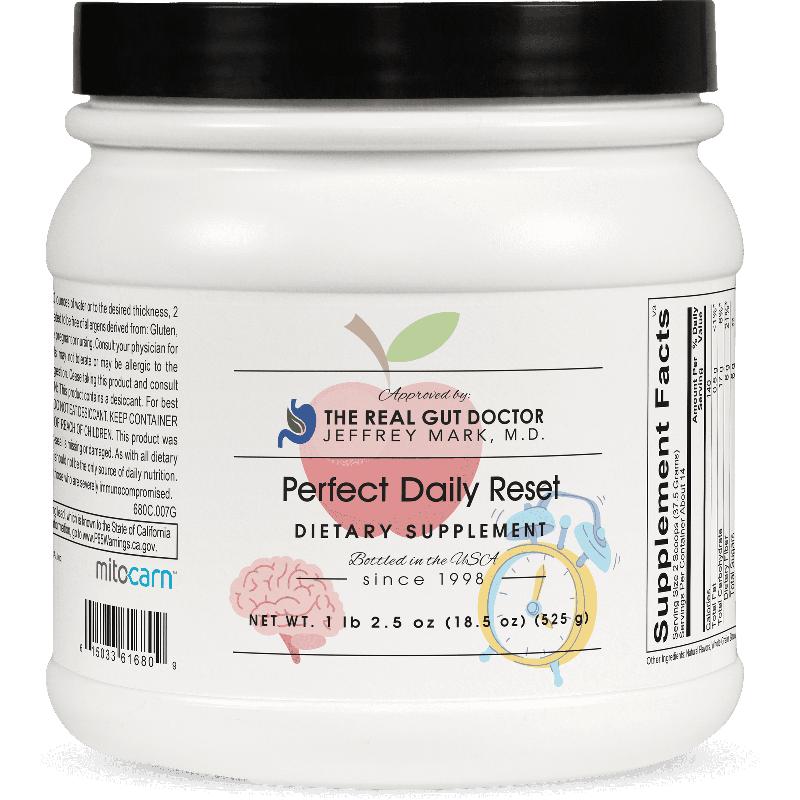
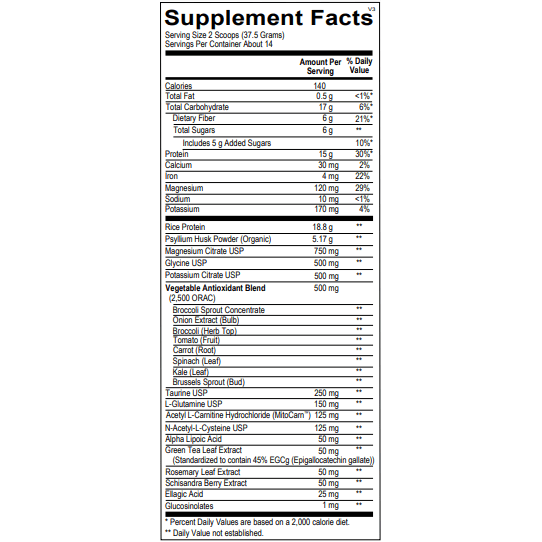
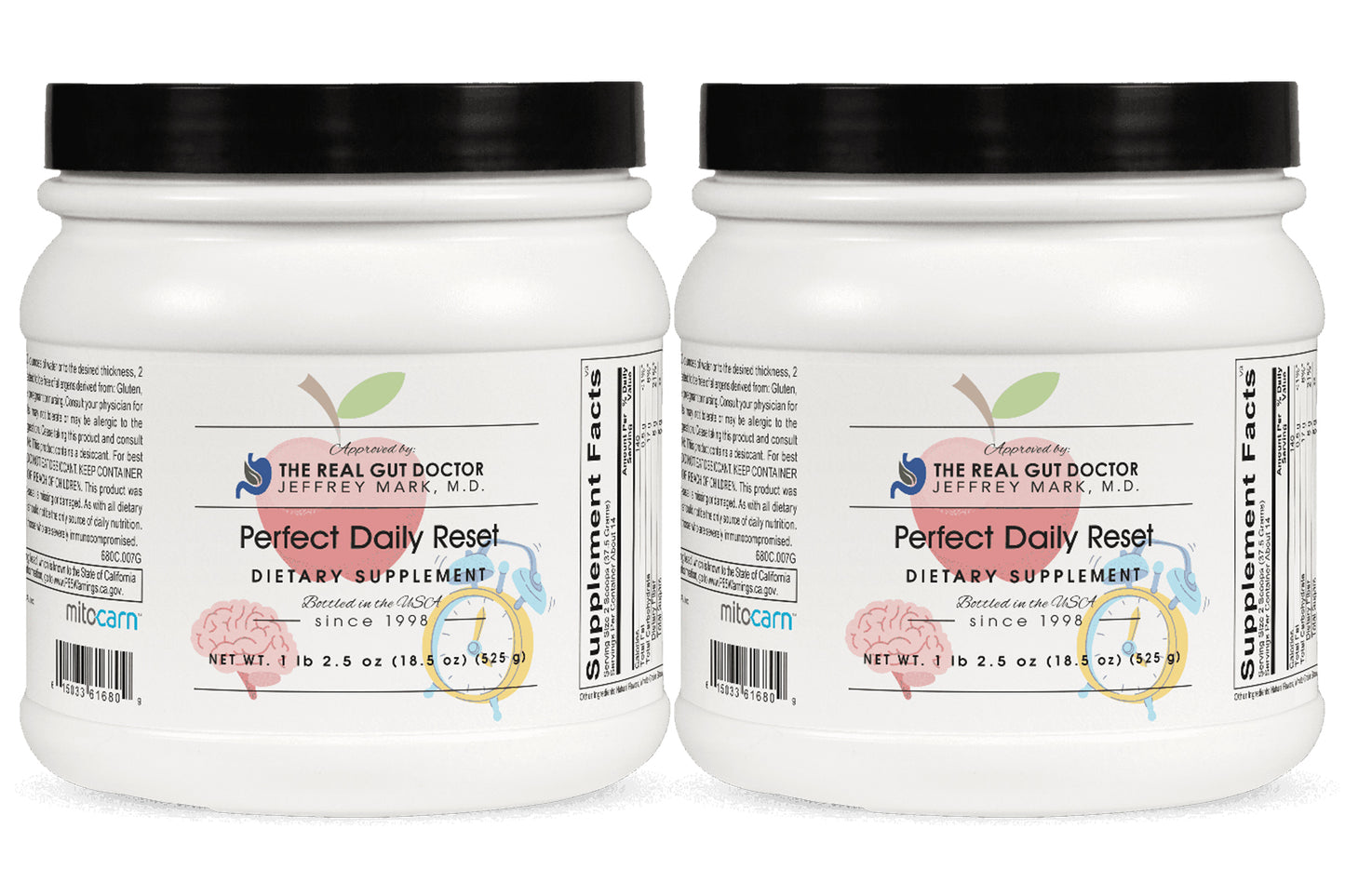
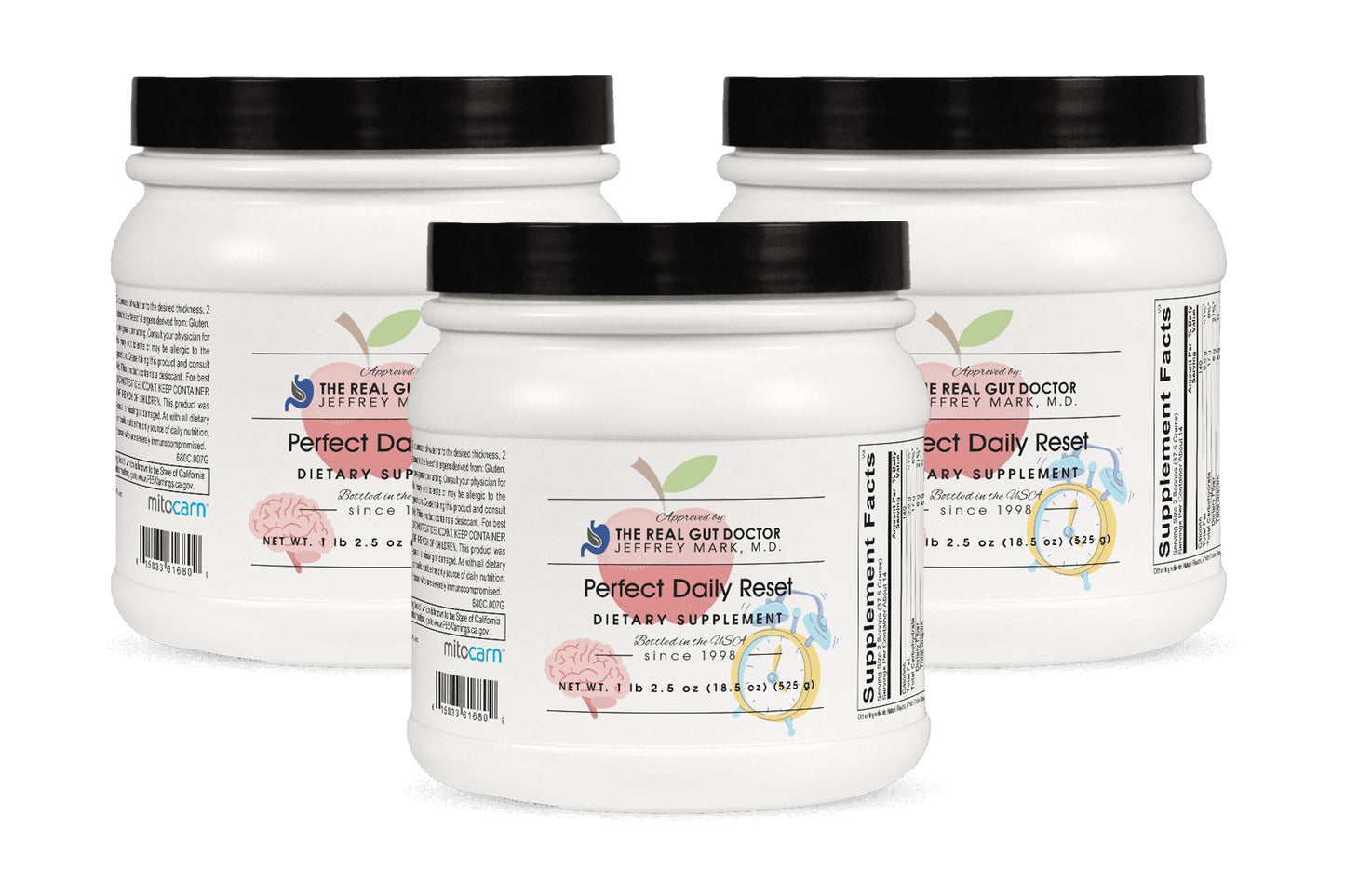
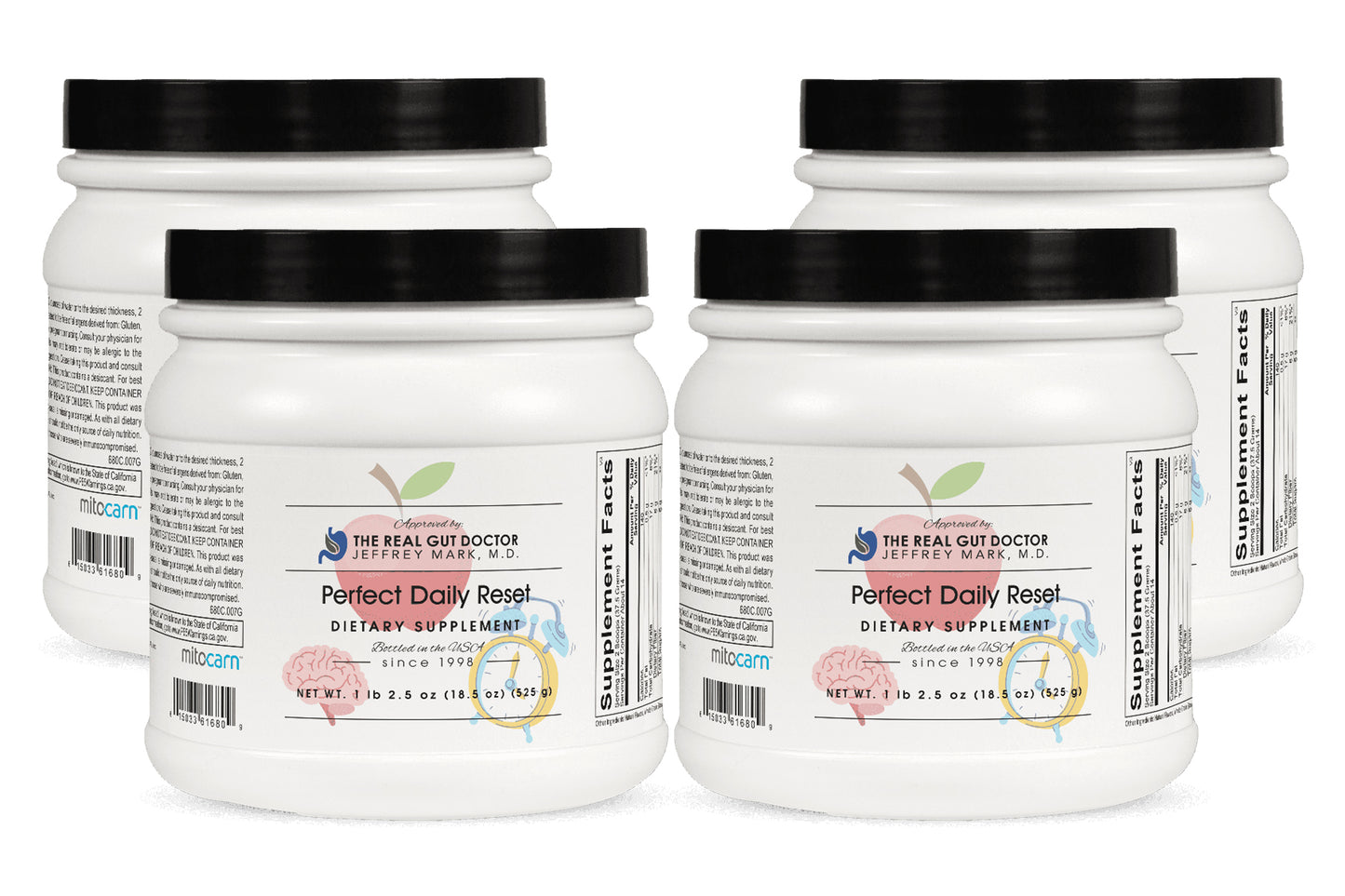
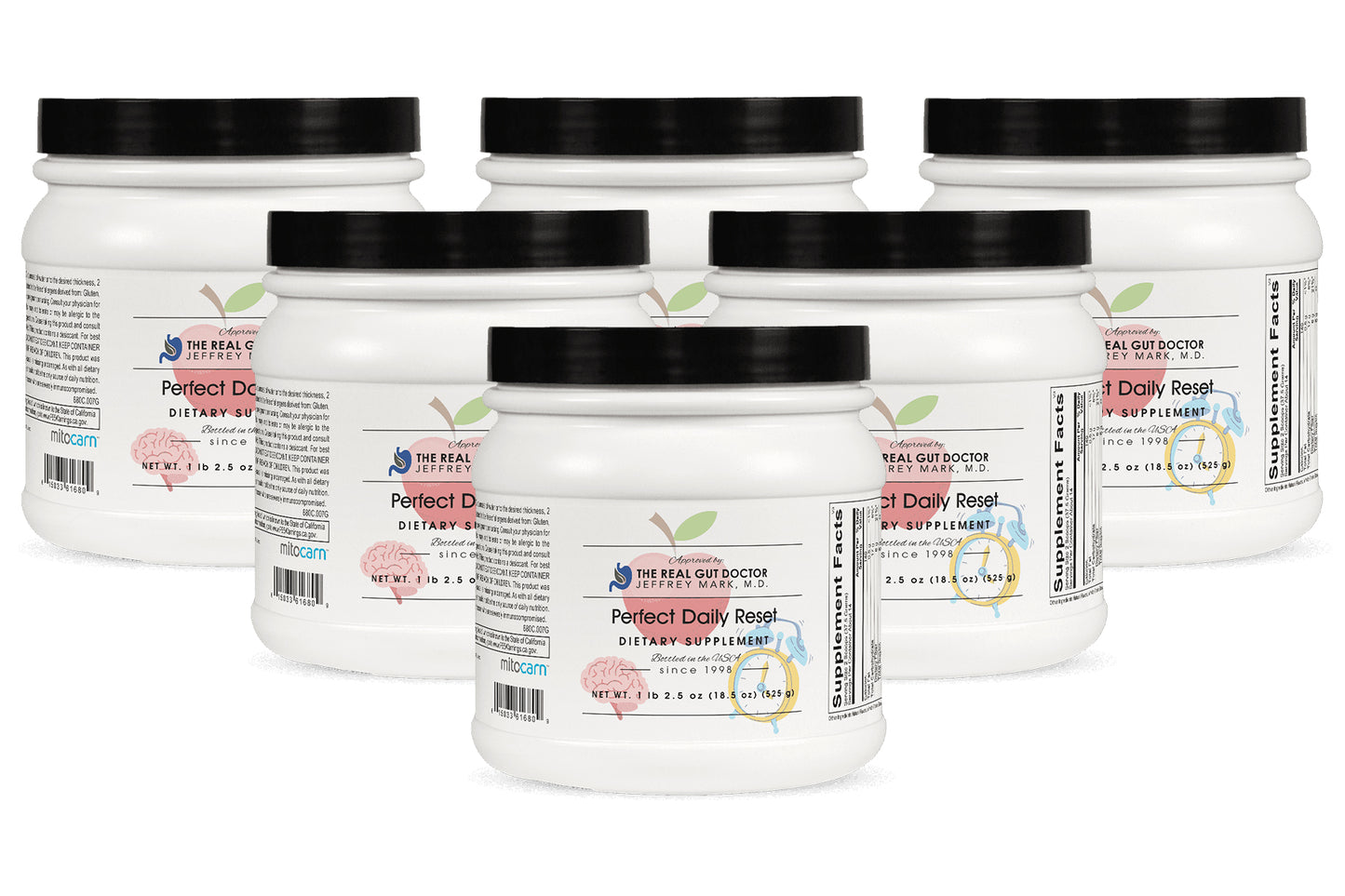
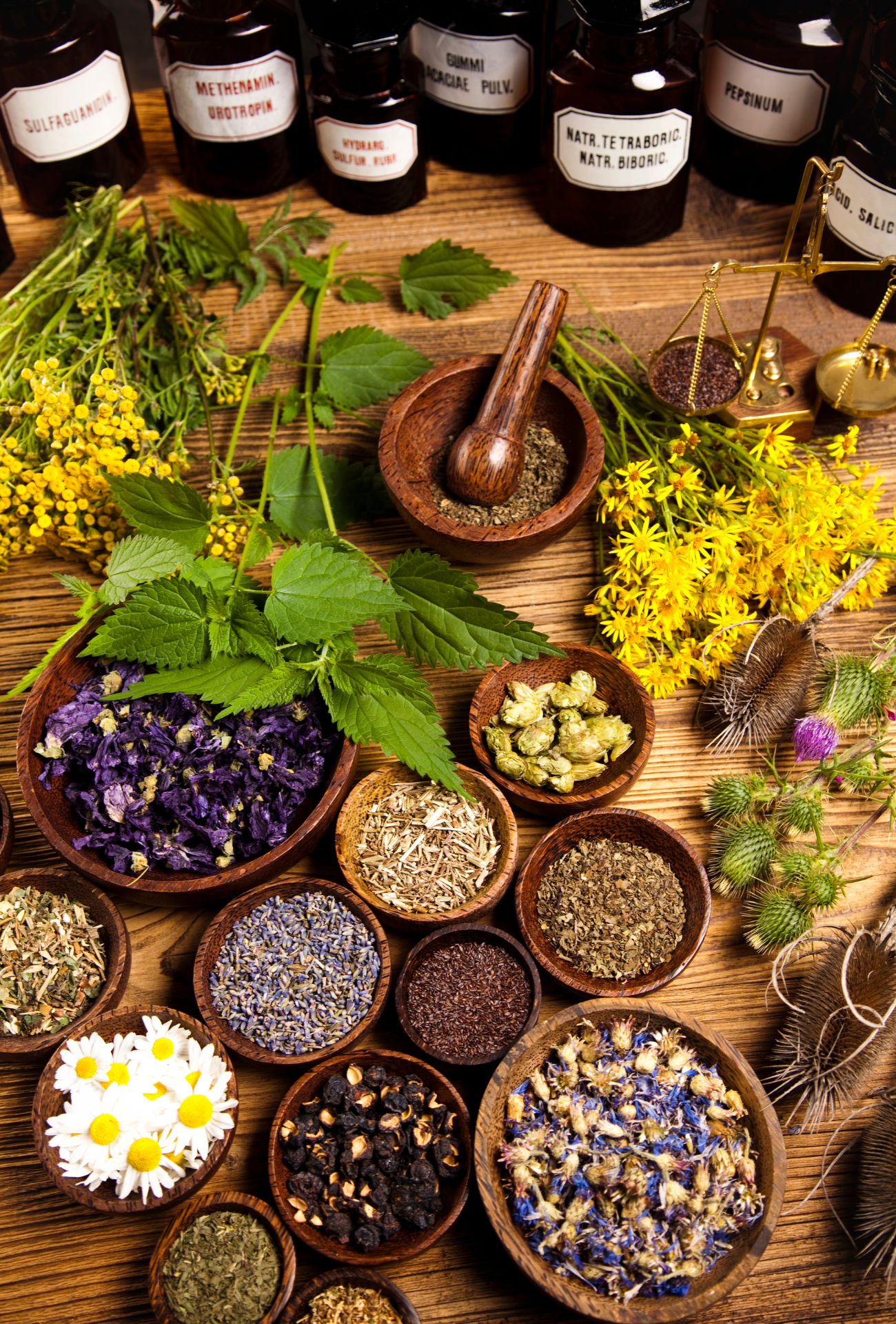
Pharmaceutical - Grade Nutraceuticals
Simple. Convenient. Effective.
I made a mistake I want to start program after Easter, April 21st. Please reset for me.
Thank You
this is the 2nd time i have tried this and as soon as i start it, i gain weight. i stop taking it and the gain stops.






